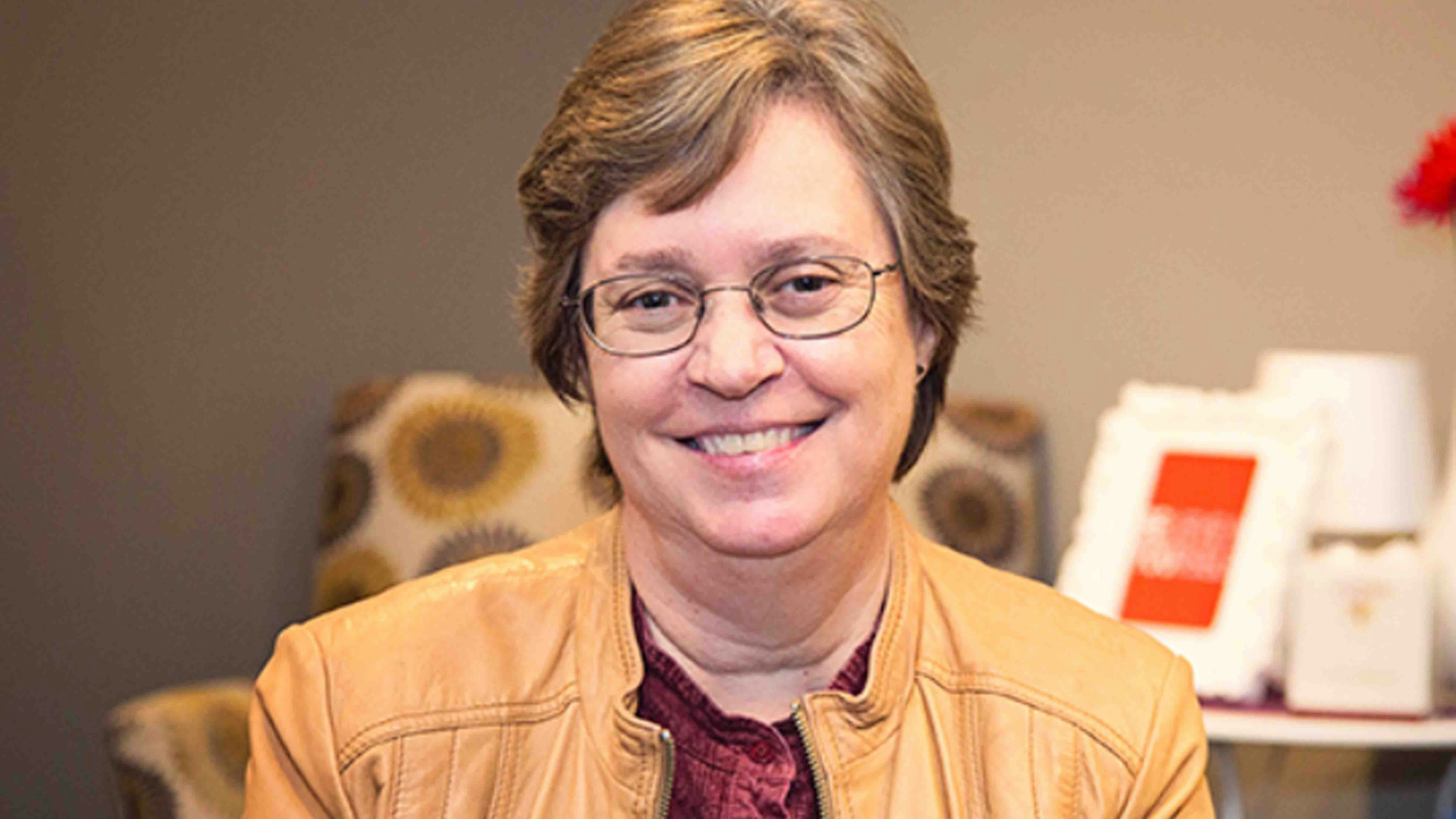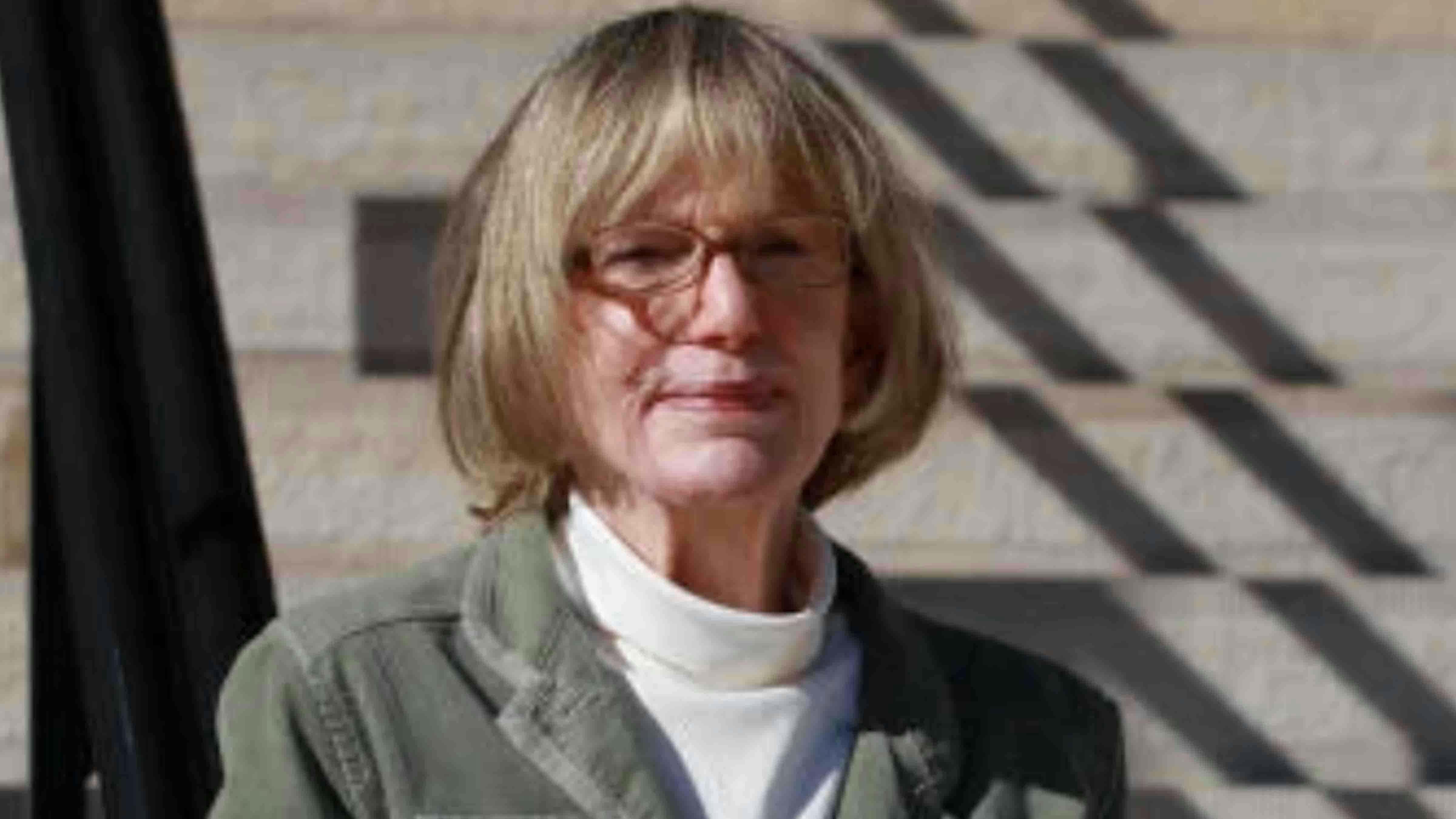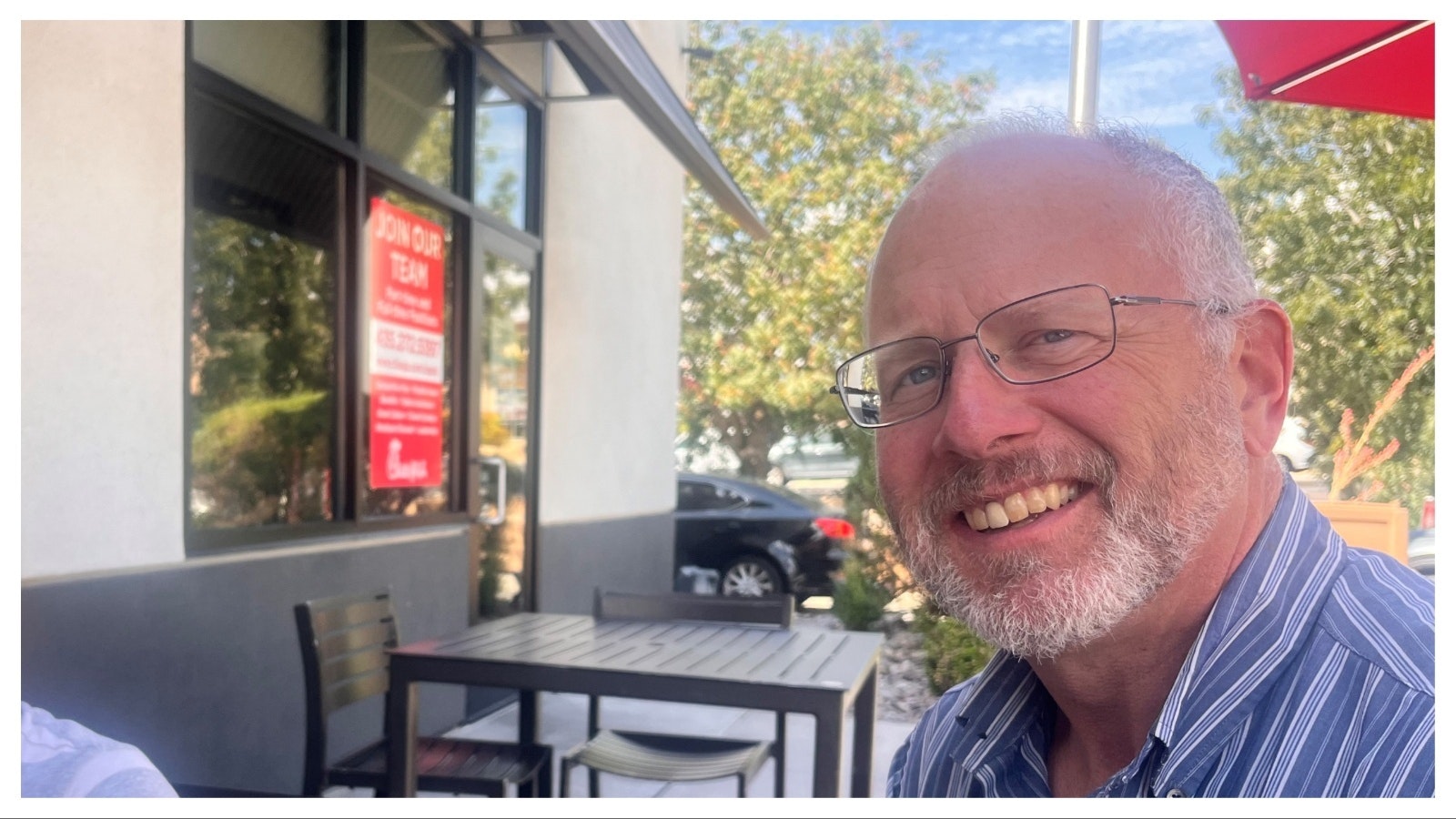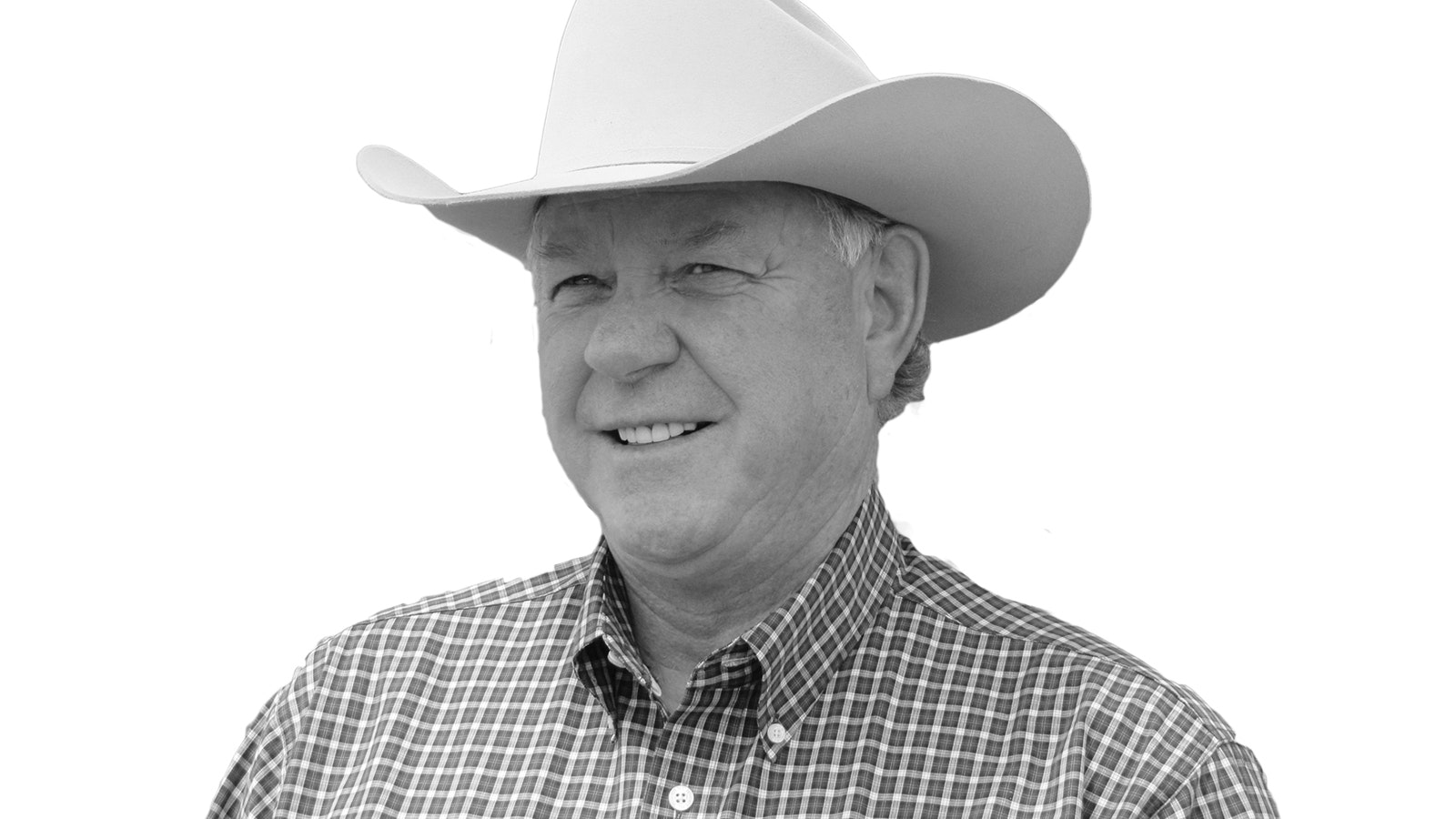It must have been a shock for Englishwoman Miriam Baggott to arrive in Carbon in 1868. The Union Pacific Railroad was only then pushing its tracks west. The end-of-tracks towns had become known as hell-on-wheels for the rowdy behavior of the rough-hewn workers. Carbon itself was a newly spawned mining town.
The Baggotts came to Wyoming from Pennsylvania, but both had English roots. In Carbon Amos Baggott, who had worked in Pittsburgh as a brick maker, opened a saloon, which he operated with the assistance of his personal servant, Joseph Moody. Miriam Baggott ran a boarding house.
The Baggotts spent just over a decade in Carbon and the coal mines were still in full operation when they relocated to the upper end of the North Platte River Valley. Their homestead drew water from the Grand Encampment River. It was just south of the rock outcrop that took their name – Baggott Rocks.
They were the first homesteaders that far upriver, although others followed them: The Peryams, the Swans, and the Nichols all soon began their own ranching work in the area.
Miriam Baggott first lived in a log cabin on the homestead. In 1879, when she moved to the valley, the Northern Ute Indians rose up against their Agent Nathan Meeker at the White River Agency in northwestern Colorado.
Because the Utes often ranged north, the events of 1879 that took place in Colorado caused concern for the settlers in southern Wyoming.
There were no attacks in Wyoming Territory, but Miriam Baggott and her young daughter Emma, who had been born in England in 1867 prior to the family immigrating to America, often fled their home and hid in the willows when they had reports of Indians roaming in the area, or if they saw Indians in the Baggott Rocks. Other times Miriam hung quilts over the cabin windows so their lantern light would not be seen from a distance.
Like all women of the period, Miriam Baggott worked hard to create a comfortable home for her family. She milked cows and made butter, initially using and selling it when she lived in Carbon. At the ranch near Baggott Rocks, she continued with the operation, churning many pounds of butter and storing it in the icehouse, before packing it into a wagon and making the three-day trip to take it to Carbon for sale to the mining families living there.
Miriam Baggott also served as a mid-wife and healer who was known for her herbal remedies.
Miriam’s daughter, Emma, was sixteen years old when she married John Franklin Wilcox in 1883. He was twenty-eight. John came to southern Carbon County as a cowboy working for the Swan Land and Cattle Company. His brothers, Billy, Dave, and Charlie also moved into the area.
When John married Emma Baggott, he was foreman for the Swan Company’s Hat Ranch on Pass Creek. Later he lived at Lake Creek Ranch. Then he and Emma purchased a ranch of their own on Cow Creek and they also bought the “home ranch” that had been homesteaded by her parents, the place later known as the Flying Diamond Ranch.
John’s brother, Charlie, arrived at Fort Steele in January of 1883 headed for the L7 Ranch on Pass Creek. From Fort Steele he wrote his wife, Mary, whom he had left in Percival, Iowa, “I am not going there (to the ranch) directly…have to go and drive some cattle off of some mountain. Don’t know how much snow we will have to contend with but lots of it. I want to be at work as it is you I am work[ing] for, and don’t forget it.”
Charlie Wilcox did his share of cowboy work for the LZ, but what makes him memorable is his job as a teamster. In 1901 he worked for Charles Scribner driving the stage from Fort Steele to Saratoga and the town of Grand Encampment, that had been established in 1897. The Scribner Stage became known for its team The White Six – a perfectly matched team of six white horses.
“Charlie is an old whip, and is perfectly at home on the driver’s seat with six lines in his hands,” one early writer said about him.
The stage station used at Lake Creek by the Scribner family for its stage line, is now located at the Grand Encampment Museum and in the station are photographs and many other items of memorabilia from the Wilcox and Scribner families.
All along the creeks in the Encampment and Saratoga area, homesteaders claimed land. They built their own homes, braided rugs for the floors, pieced quilts for the beds, tended chickens, hogs, cattle, sheep, and horses. They helped their neighbors, played cards, attended dances, and engaged in social networking. Their social networking involved quilting bees, brandings, and school programs.
Miriam Baggott was one of the first women in the area and her strength and perseverance became inspiration for those who followed her.
Candy Moulton can be reached at Candy.L.Moulton@gmail.com





